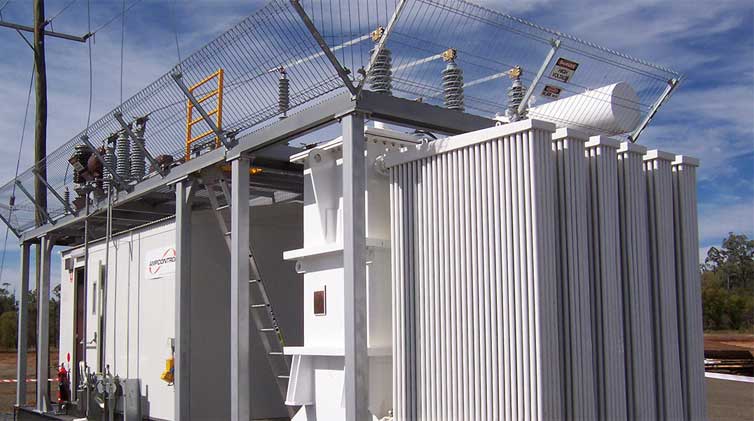How Does the Transformer Regulator Work?
Ⅰ. What is the purpose of a transformer regulator?
Have you ever observed that many transformers require a tiny iron box to be installed before they can be placed into service after leaving the factory? Because the transformer's features are only responsible for the transmission of voltage and not for the regulation of voltage, we must employ different voltages in real applications. The transformer regulator converts the voltage generated by the transformer to a DC voltage and regulates it. To control the output voltage, this voltage influences the magnitude of the magnetic field of the rotor coil.
Ⅱ. The basis of operation of a transformer regulator
The working concept of the transformer regulator is: when the speed of the transformer generator increases, the regulator reduces the flux Ф by decreasing the excitation current If of the generator, such that the output voltage UB of the generator remains unchanged. Contact voltage regulators change the magnitude of the magnetic field current If by opening and closing contacts to turn on and off the magnetic field circuit, whereas transistor and integrated circuit regulators change the magnitude of the magnetic field current If by using the conduction and cut-off of high power transistors to turn on and off the magnetic field circuit. Understanding why we utilize transformer regulators and how they work will be extremely beneficial to us in the future, whether we are purchasing transformers or working in the transformer sector.
Jump to Content Sections
Leave a Message
You May Also Like
 English
English  français
français  Español
Español  русский
русский  العربية
العربية  tiếng việt
tiếng việt  Malay
Malay  Indonesia
Indonesia  বাঙালি
বাঙালি 


